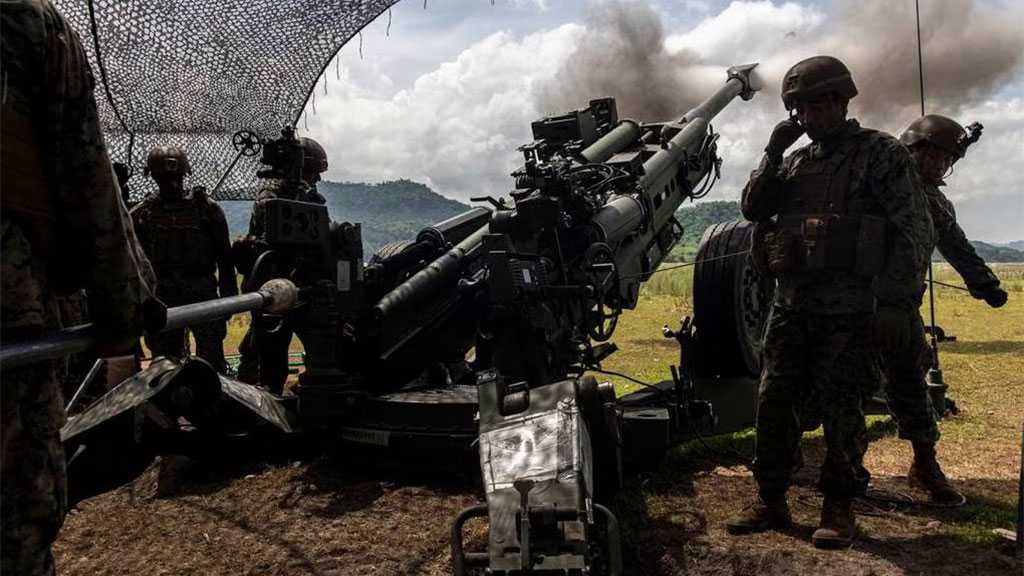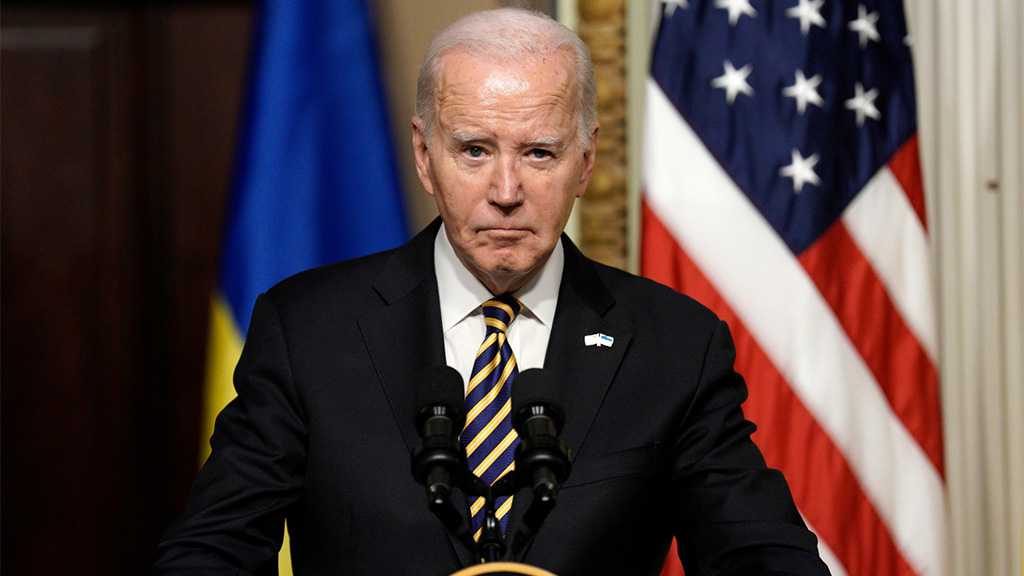
US Military Industry Unprepared for A China Fight - Report

By Staff, Agencies
The US military-industrial base is not ready for a battle over Taiwan, as it would run out of key long-range, precision-guided munitions in less than one week, according to a new report by the Center for Strategic and International Studies.
US military aid to Ukraine has helped prevent a Russian victory against the neighboring nation, but that assistance has depleted Pentagon stockpiles and shown that the American military industry cannot surge for a major war, the think tank found.
“As the war in Ukraine illustrates, a war between major powers is likely to be a protracted, industrial-style conflict that needs a robust defense industry able to produce enough munitions and other weapons systems for a protracted war if deterrence fails,” wrote Seth Jones, senior vice president and director of the international security program at CSIS.
“Given the lead time for industrial production, it would likely be too late for the defense industry to ramp up production if a war were to occur without major changes.”
The report, which spotlights US military aid to Ukraine and criticizes bureaucratic hurdles for military contracting and US arms sales overseas, recommends Washington reexamine its munitions needs and deepen its supplies, and that it removes regulatory hurdles to manufacturing with and exporting to allies.
The Wall Street Journal was first to report on the CSIS study.
The vast number of weapons the US is sending to Ukraine highlights how difficult it would be to replenish them. For example, the US has committed more than 160 M777 155mm howitzers to Ukraine, leaving its inventory “low.” Manufacturer BAE Systems would need at least 150 orders over several years to justify restarting production lines.
US military stocks of Javelin anti-tank weapons, Stinger anti-aircraft weapons, counter-artillery radars and 155mm artillery shells are all considered low by the study.
Stocks of the Harpoon coastal system, a key capability for Taiwan, are considered medium, though current US inventories might not be sufficient for wartime, Jones wrote.
Army officials, cognizant of the demand, said last month they are investing in a “dramatic” ramp-up in monthly production of 155mm shells over the next three years -- and they’ve awarded contracts for that to General Dynamics Ordnance and Tactical Systems, American Ordnance, and IMT Defense.
Still, top Army officer Gen. James McConville told reporters this month that the service could consider buying in advance the parts of weapons that take the longest to build, so that they’re available in the event of a war.
“We have to start to think about, you know, how do you in a nonlinear way, buy insurance so when something happens, when you have the money, you can reduce the amount of time to stand up your organic industrial base,” McConville said.
Along these lines, the CSIS report recommends the US create a strategic munitions reserve. The government, under the authorities in the Defense Production Act, would buy one or two lots of long-lead subcomponents — such as metals, energetics and electronics — for critical munitions to reduce the 12-24 months of lead time in times of crisis.
Comments
- Related News



